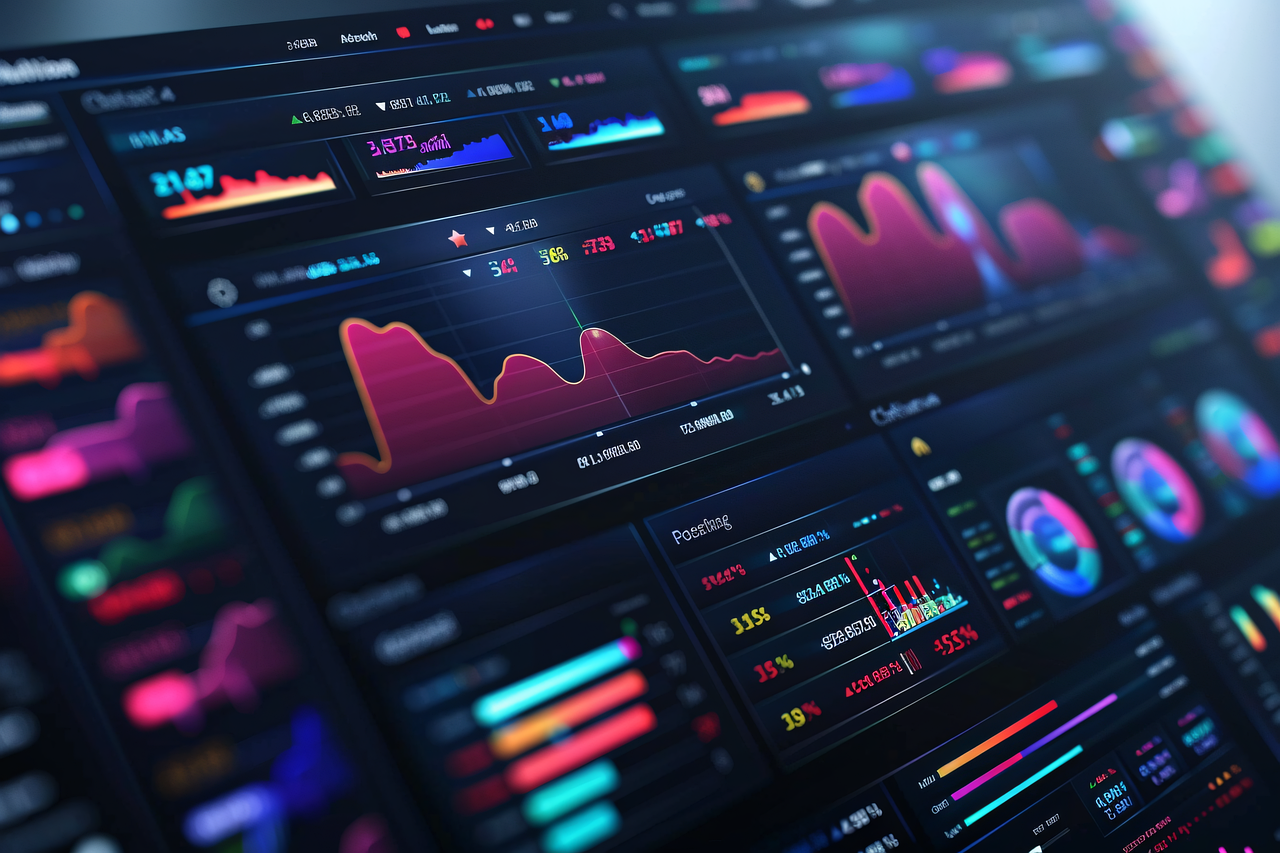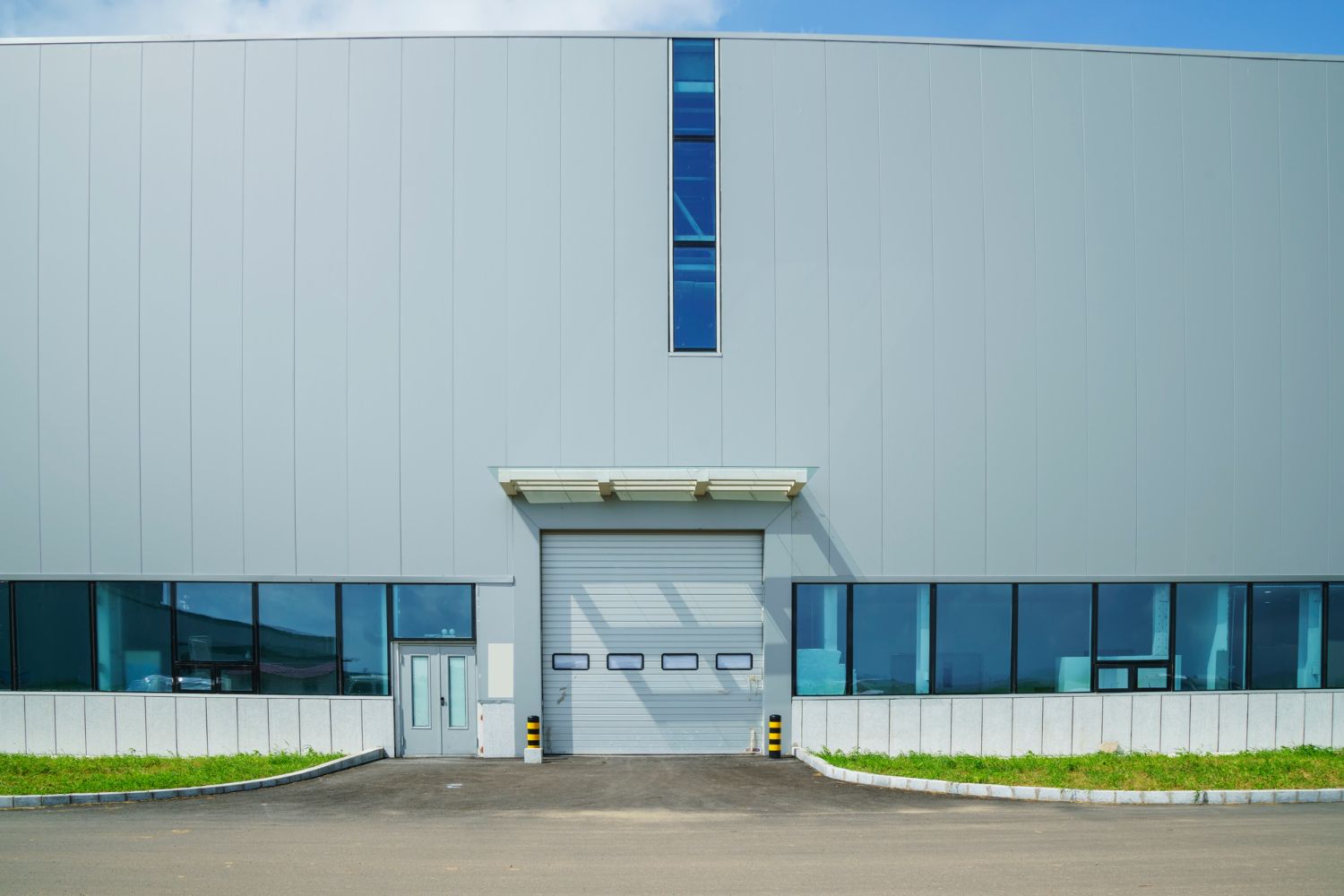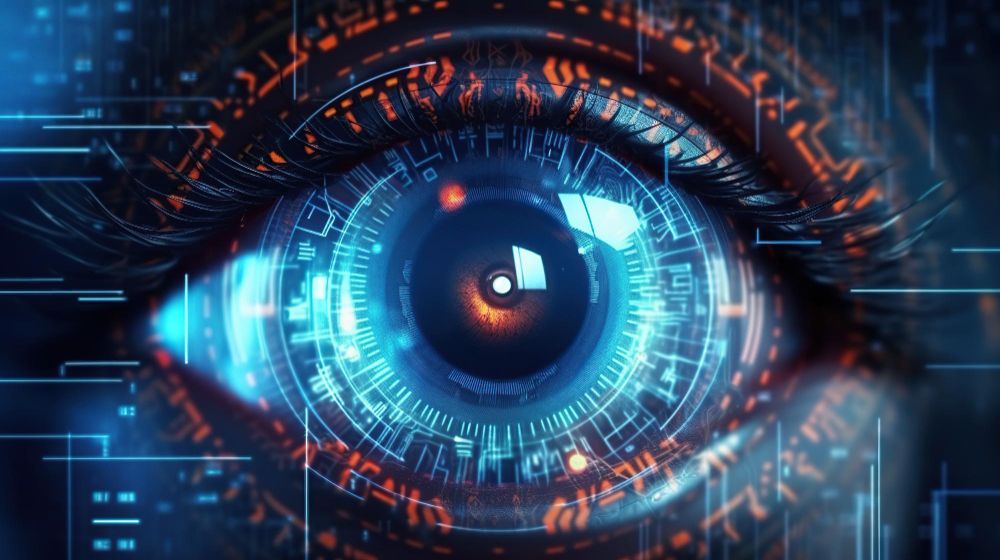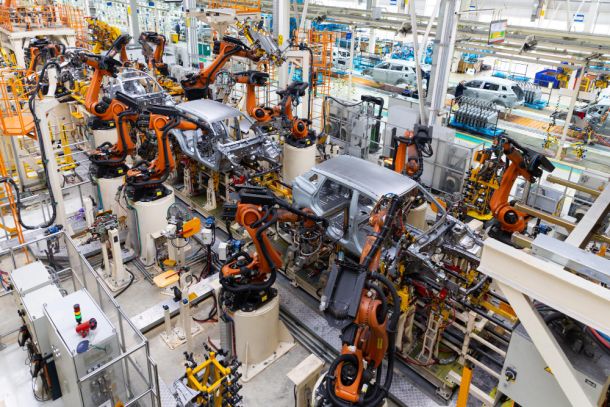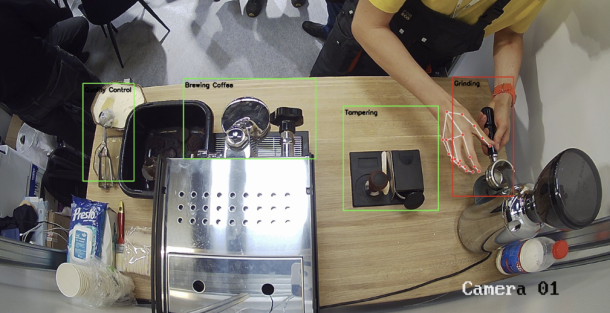When Safety Relies on Security: Why We Need a Digital Shield
Imagine a world where crossing the street feels like playing Russian roulette. Traffic lights flicker with malware, stop signs display fake directions, and crosswalks become a gamble against rogue autonomous vehicles. This may sound like a dystopian nightmare, but in the ever-connected world we live in, the lines between safety and security are blurring.
A physical barrier – a sturdy lock or a watchful guard – is no longer enough to guarantee safety. Today, our well-being hinges on a complex web of digital safeguards. From the critical infrastructure that keeps our cities running to the personal information we carry in our pockets, security has become the invisible force field protecting us from unseen threats.
Let's explore this critical intersection:
The Rise of the Digital Threat Landscape:
- Cyberattacks on the Rise: According to a report by Cybersecurity Ventures, global cybercrime costs are projected to reach a staggering $10.5 trillion annually by 2025. These attacks aren't limited to stealing credit card numbers – they can disrupt power grids, manipulate financial markets, and even cripple healthcare systems.
- The Weaponization of the Internet of Things (IoT): Our homes are becoming increasingly connected, with smart devices ranging from thermostats to refrigerators. However, this convenience comes at a cost. In 2020, a massive botnet attack leveraged compromised IoT devices to launch a Distributed Denial-of-Service (DDoS) attack, crippling major websites. Imagine a scenario where a hacker gains control of your smart thermostat and turns your home into a furnace during the sweltering summer.
Security: The New Guardian at the Gate
Nowadays, security measures act as the guardians protecting our safety across various aspects of our lives:
- Securing Critical Infrastructure: Power grids, transportation systems, and water treatment facilities are increasingly reliant on computer networks. Robust cybersecurity protocols are crucial to prevent hackers from disrupting these essential services, which could have disastrous consequences.
- Protecting Personal Information: The vast amount of personal data we store online – from financial records to medical history – makes us vulnerable to identity theft and fraud. Secure online systems with strong encryption and access controls are vital to safeguarding this sensitive information.
- Safeguarding Financial Transactions: Online banking and e-commerce transactions require robust security measures to prevent unauthorized access and financial losses. Secure payment gateways and multi-factor authentication protocols play a critical role in ensuring the safety of our hard-earned money.
Building a More Secure Future
The responsibility for building a more secure future lies not only with tech giants and government agencies but also with each individual. Here's how we can all contribute:
- Practicing Strong Cybersecurity Hygiene: Simple steps like using strong passwords, enabling two-factor authentication, and keeping software updated can significantly improve our online security posture.
- Staying Informed: Knowledge is power. Staying up-to-date on the latest cyber threats and learning about safe online practices can help us make informed decisions and protect ourselves.
- Demanding Secure Systems: Consumers have a right to expect secure platforms and services. Holding companies accountable for their data security practices creates a stronger ecosystem for everyone.
In conclusion, the world has undergone a paradigm shift. Security is no longer an optional add-on; it's the foundation for safety in our increasingly interconnected reality. By understanding the evolving threat landscape and embracing the role of security in our daily lives, we can build a more resilient future where safety doesn't feel like a gamble.







